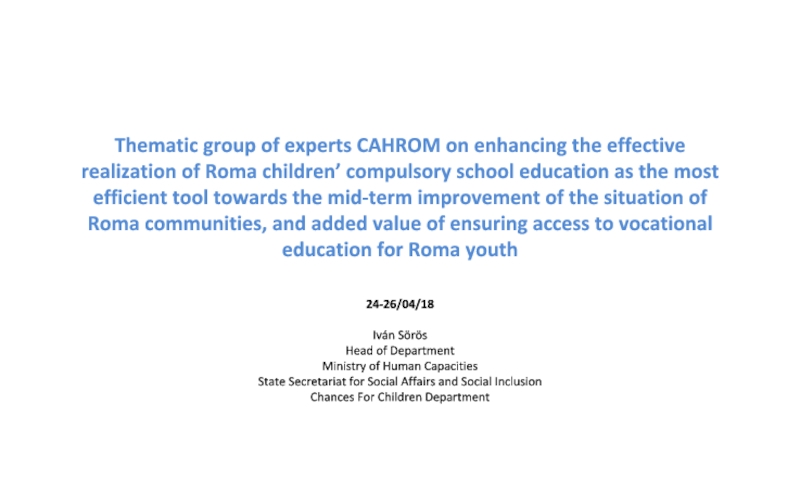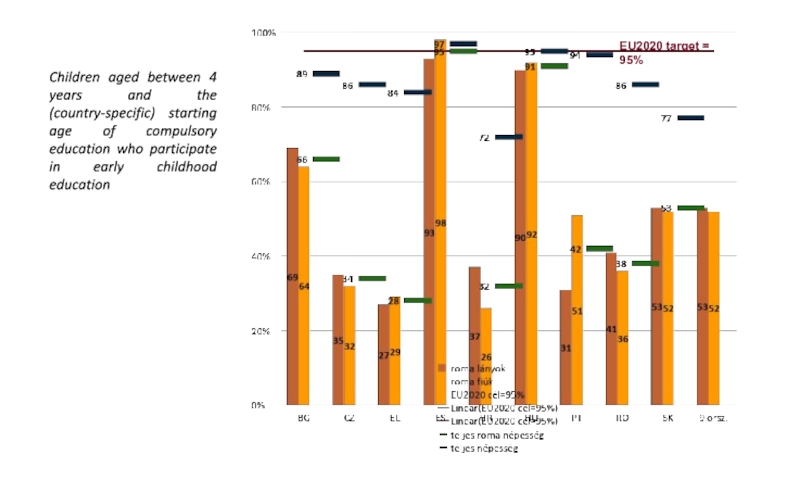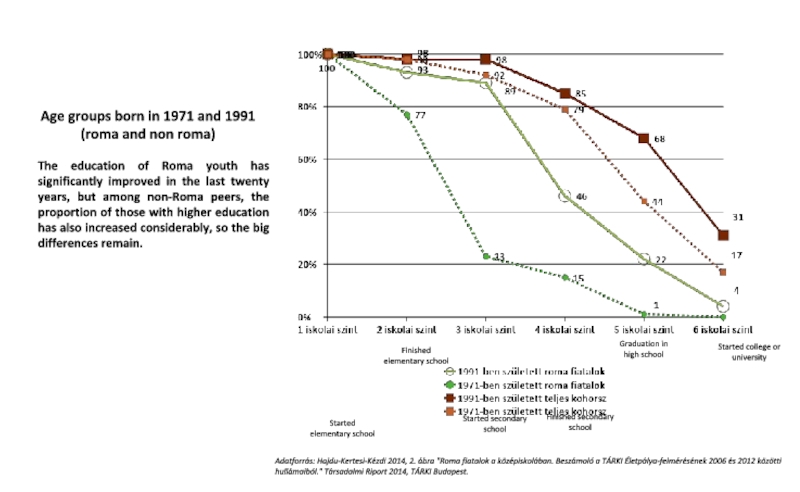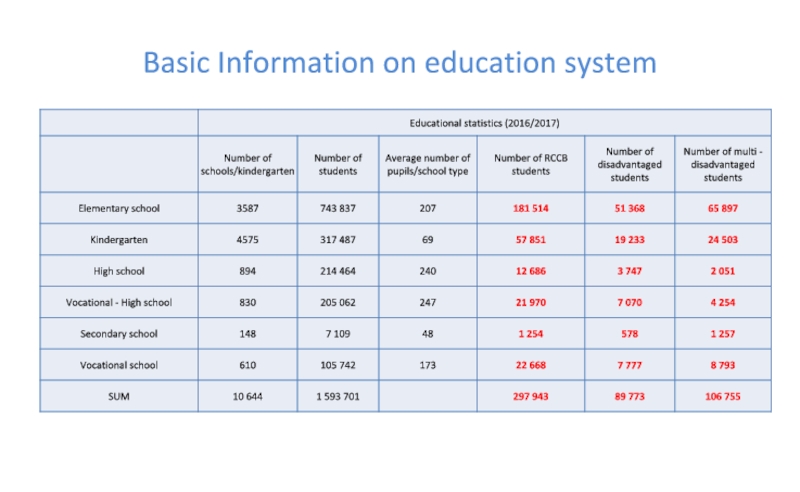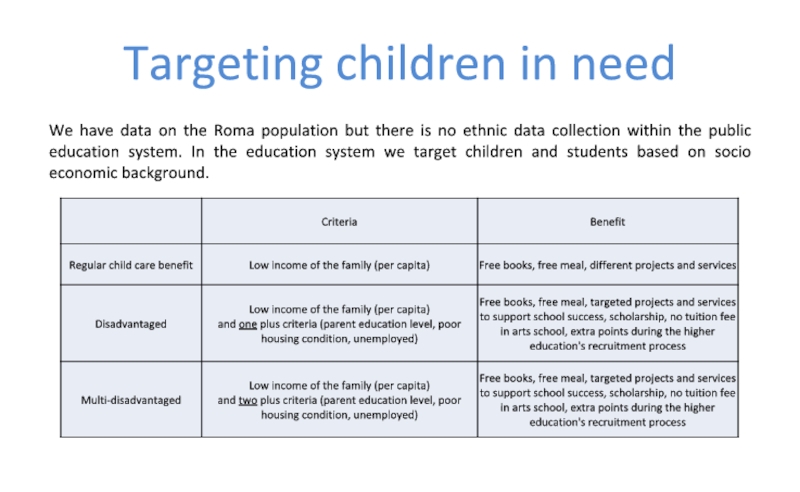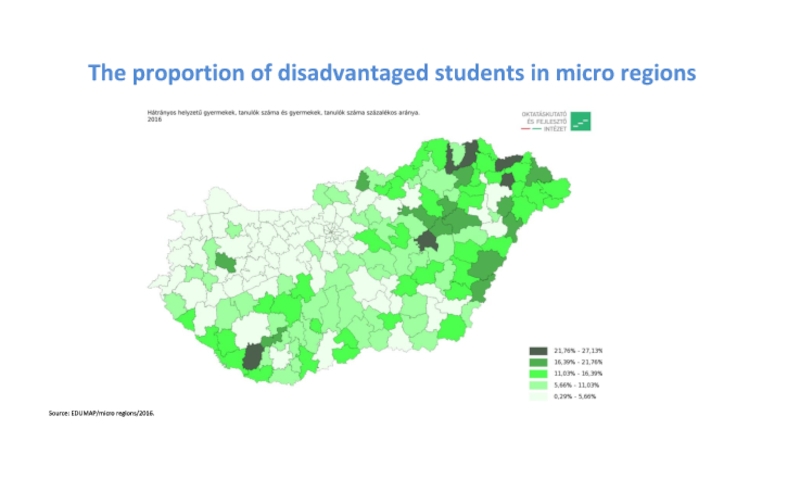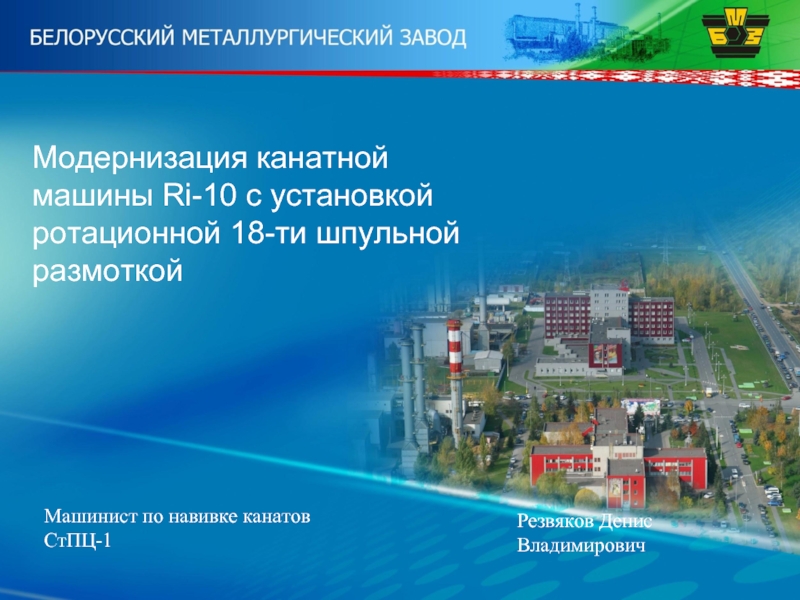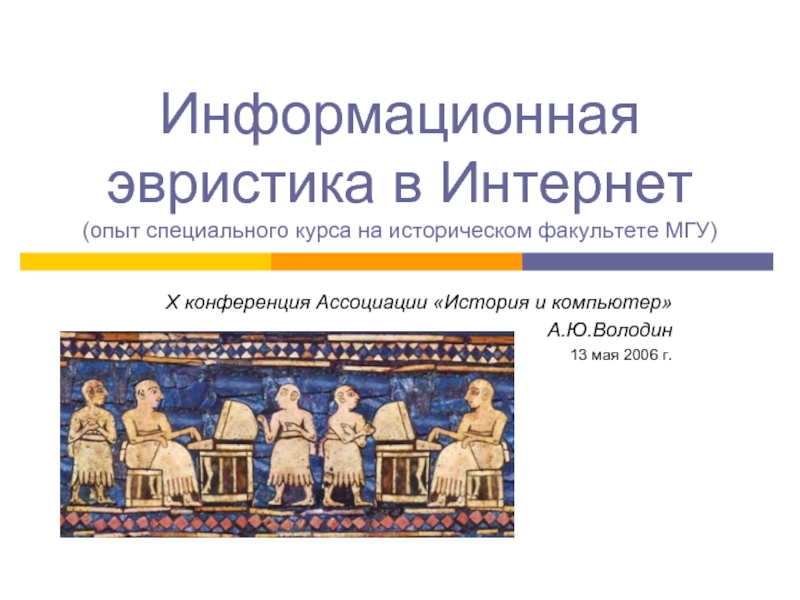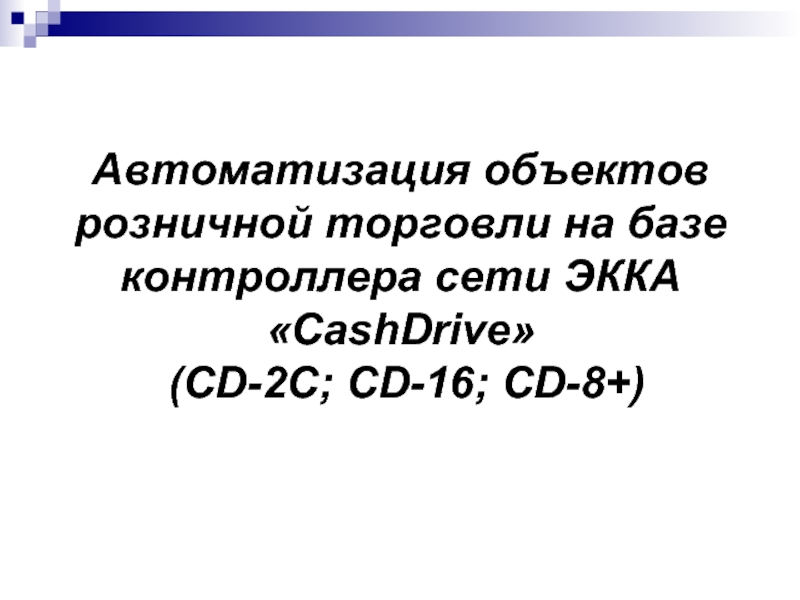24-26/04/18
Iván Sörös
Head of Department
Ministry of Human Capacities
State Secretariat for Social Affairs and Social Inclusion
Chances For Children Department
- Главная
- Разное
- Дизайн
- Бизнес и предпринимательство
- Аналитика
- Образование
- Развлечения
- Красота и здоровье
- Финансы
- Государство
- Путешествия
- Спорт
- Недвижимость
- Армия
- Графика
- Культурология
- Еда и кулинария
- Лингвистика
- Английский язык
- Астрономия
- Алгебра
- Биология
- География
- Детские презентации
- Информатика
- История
- Литература
- Маркетинг
- Математика
- Медицина
- Менеджмент
- Музыка
- МХК
- Немецкий язык
- ОБЖ
- Обществознание
- Окружающий мир
- Педагогика
- Русский язык
- Технология
- Физика
- Философия
- Химия
- Шаблоны, картинки для презентаций
- Экология
- Экономика
- Юриспруденция
Moldova 0418IS презентация
Содержание
- 1. Moldova 0418IS
- 2. Strategic background (EU) EU Framework for
- 3. Strategic background (HUN) The government adopted strategies
- 4. Being Fair, Faring Better Promoting Equality
- 5. Indicators from the indicator system of NSIS
- 6. Indicators from the indicator system of NSIS
- 7. The proportion of the Roma population Source: KSH – 2016. évi mikrocenzusból számított romanépesség-becslés, 2017
- 8. Ageing population The Roma population is at
- 9. Children aged between 4 years and the
- 10. Age groups born in 1971 and 1991
- 11. Young Roma aged 16-24 years neither in
- 12. Basic Information on education system
- 13. Targeting children in need We have data
- 14. The proportion of disadvantaged students in micro
- 15. Measures and tools within the educational system
- 16. The social inclusion measures
- 17. Common elements of the social inclusion measures
- 18. Thank you for your attention! ivan.soros@emmi.gov.hu
Слайд 1Thematic group of experts CAHROM on enhancing the effective realization of
Слайд 2Strategic background (EU)
EU Framework for National Roma Integration Strategies up to
„They should also widen access to quality early childhood education and care and reduce the number of early school leavers from secondary education pursuant to the Europe 2020 strategy. Roma youngsters should be strongly encouraged to participate also in secondary and tertiary education.”
National Social Inclusion Strategy
Слайд 3Strategic background (HUN)
The government adopted strategies to promote quality, improve opportunities
Development of inclusive kindergarten education
Support of the integrative capacity of public educational institution, promotion of desegregation process
Prevention of early school leaving especially among Roma girls
Continuation of individual and complex support for vulnerable students and development of programmes (eg.: Útravaló Scholarship Programme, Arany János Program, After School Program)
Practice focused training of teachers and other professionals- „field” experience
Increase the number of disadvantaged students in higher education
Ensure educational follow up system, development of ESL early warning system
Targeted cultural and sport programs
Report on the implementation of the Hungarian Social Inclusion Strategy: http://romagov.kormany.hu/
Слайд 4Being Fair, Faring Better
Promoting Equality of Opportunity for Marginalized Roma
2016
Слайд 5Indicators from the indicator system of NSIS Data source: Hungarian Central Statistical
Слайд 6Indicators from the indicator system of NSIS Data source: Hungarian Central Statistical
Слайд 7The proportion of the Roma population
Source: KSH – 2016. évi mikrocenzusból
Слайд 8Ageing population
The Roma population is at different stages of demographic development
Within the roma population
the proportion of young people is much higher than in the non-Roma population;
The proportion of older generation is much lower.
Source: KSH – 2016. évi mikrocenzusból számított romanépesség-becslés, 2017
Слайд 9Children aged between 4 years and the (country-specific) starting age of
EU2020 target = 95%
Слайд 10Age groups born in 1971 and 1991 (roma and non roma)
The
Started elementary school
Finished elementary school
Started secondary school
Finished secondary school
Graduation in high school
Started college or university
Adatforrás: Hajdu-Kertesi-Kézdi 2014, 2. ábra "Roma fiatalok a középiskolában. Beszámoló a TÁRKI Életpálya-felmérésének 2006 és 2012 közötti hullámaiból." Társadalmi Riport 2014, TÁRKI Budapest.
Слайд 11Young Roma aged 16-24 years neither in work nor in education
by EU Member State (%)
EU2020 target = 10%
Слайд 13Targeting children in need
We have data on the Roma population but
Слайд 15Measures and tools within the educational system
Extending compulsory kindergarten age from
Early-warning and pedagogical support system has been developed (2016) to fight against drop-out
Free school book from first grade up to ninth grade, 1 million pupils
Improvement of low performing schools
Free meals in kindergartens, schools and during school holidays
Higher salary for teachers who are applying inclusive teaching methods with socially disadvantaged children and students introduced (2018)
Primary school districts have been regulated (2017)
System evaluations (national and international assessments of student learning outcomes to monitor performance of the education system)
Social workers or child-care professionals in schools where needed (pilot from 2016 – extended in 2018)
Participation in the InSchool project
Слайд 17Common elements of the social inclusion measures
Started as a pilot and
Reflect the needs (local and strategic level)
Strategic background (NSIS)
Continuously monitored end redesigned if needed
Target group: disadvantaged and Roma children
Built on one another
Aimed to become a regular and sustainable service
Support program or/and horizontal network
Different implementers and involvement of various stakeholders
